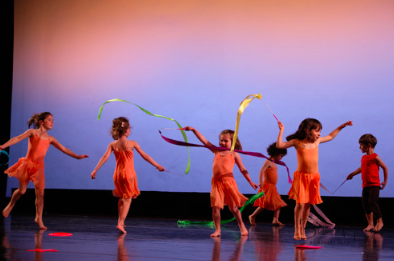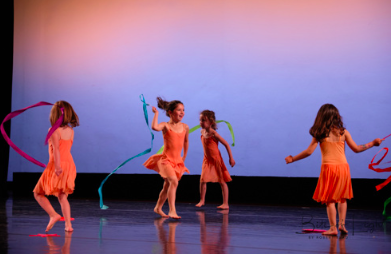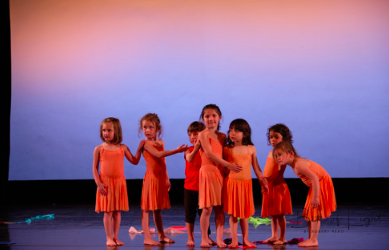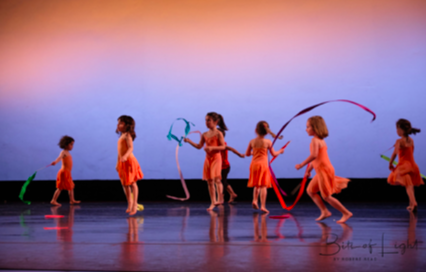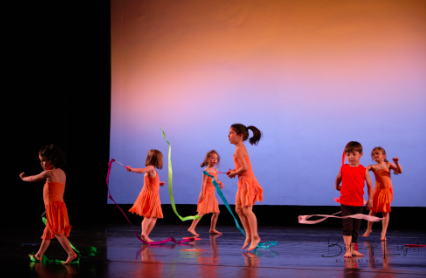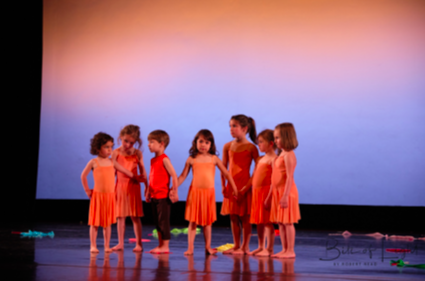Creative Dance Performance (Mai 2019)
Photo Credit “Bits of Light” Robert Read photography
Creative Dance Performance (June 2018)
After one year of dancing and creating together my students from Hao Expression studio performed at the Sunnyvale Theater in June 2018.
This is the first show of many more to come but it is an example. An example of young children’s wonderful ability to dance and perform on stage following their own choreography, using their own dance moves and expressing their creativity with no fear, dedication and joy!
"10 minutes de douceur et de sensibilité"
Enjoy :)
Video Credit Matthieu Roques :)
Dance at school/Dance at the studio : a different way for children to communicate
After 6 months working both at school and at the studio to develop my ideas about Dance I feel even more confident about the importance of Art and Dance in Early Childhood Education especially as a way for children to communicate differently.
At school first,
From November to January we have developed an entire unit of inquiry about Art in our Pre-K classes.
Our central idea “People express their ideas and feelings through different art forms” allowed the students to inquire into various forms of artistic expression and artists. They had opportunities to appreciate and respond to the artwork of others. They also looked within themselves to create artwork that represented their feelings and ideas. While the children explored the arts and gained new language, they developed their own perspective and inspiration to become artists themselves. I don’t say "little artists" but “ artists” because of the real process of creation and reflection they went through. Dance was part of the experiment: how to express feelings or ideas in movement, how to translate a word into a gesture?
With this unit I realized how creativity empowered them and gave them a voice: a clear voice for their own ideas, thoughts and feelings.
“I love this sculpture because there are a lot of colors. It is a person, her body is moving because it is dancing. I love dance”
“I love this painting, there are my favorite colors. It looks like snow falling on ice”
“I like impressionism because we paint small dots and it creates something new”
“It is my favorite color here. There are sculptures. Sculptures of people. There is one who is crying. It makes me think of my baby sister”
“I love land art because you don’t make waste”
“Cécile, you know, I told my mum I wanted to be an artist when I grew up because now I know how to make art”
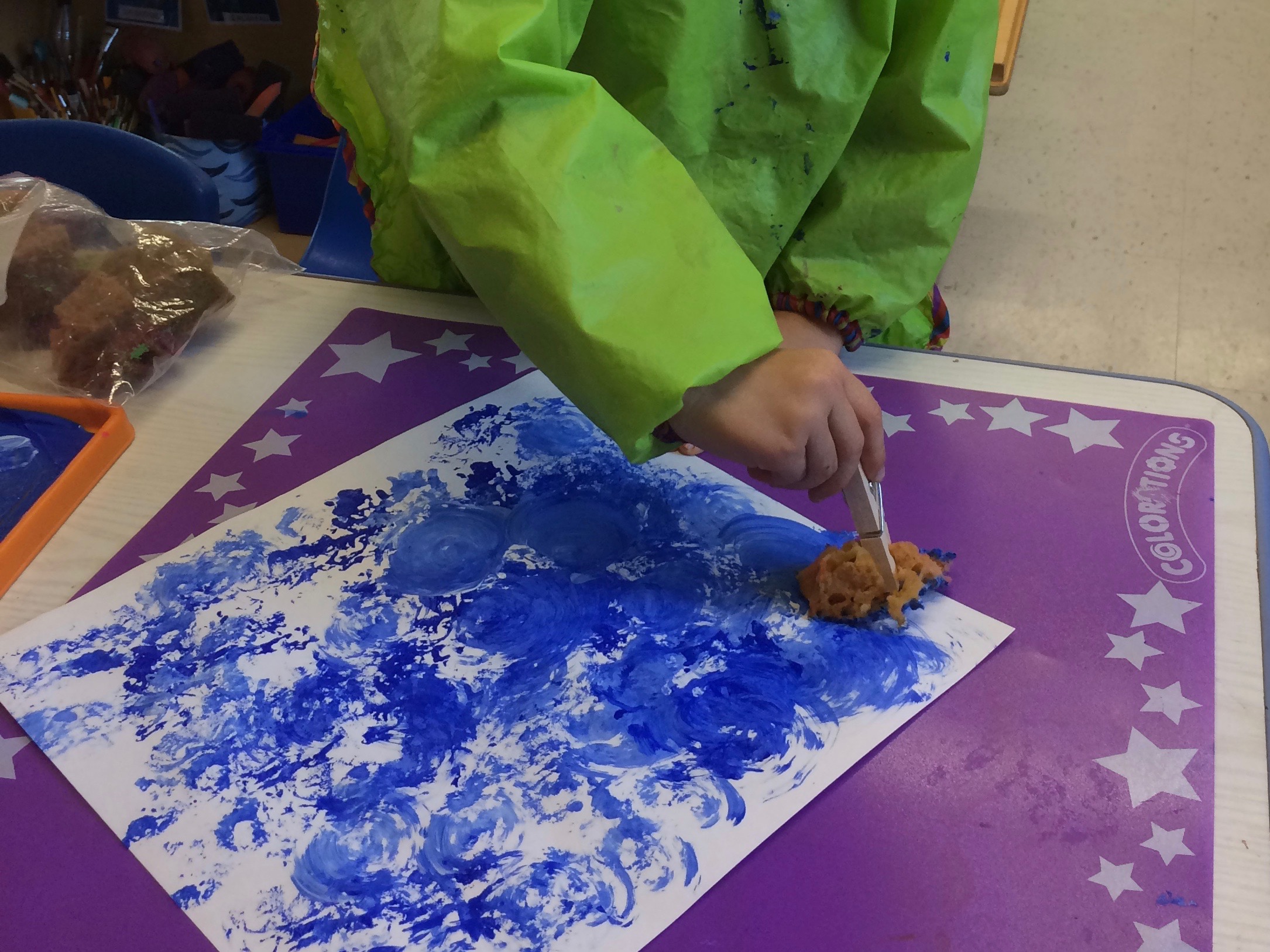




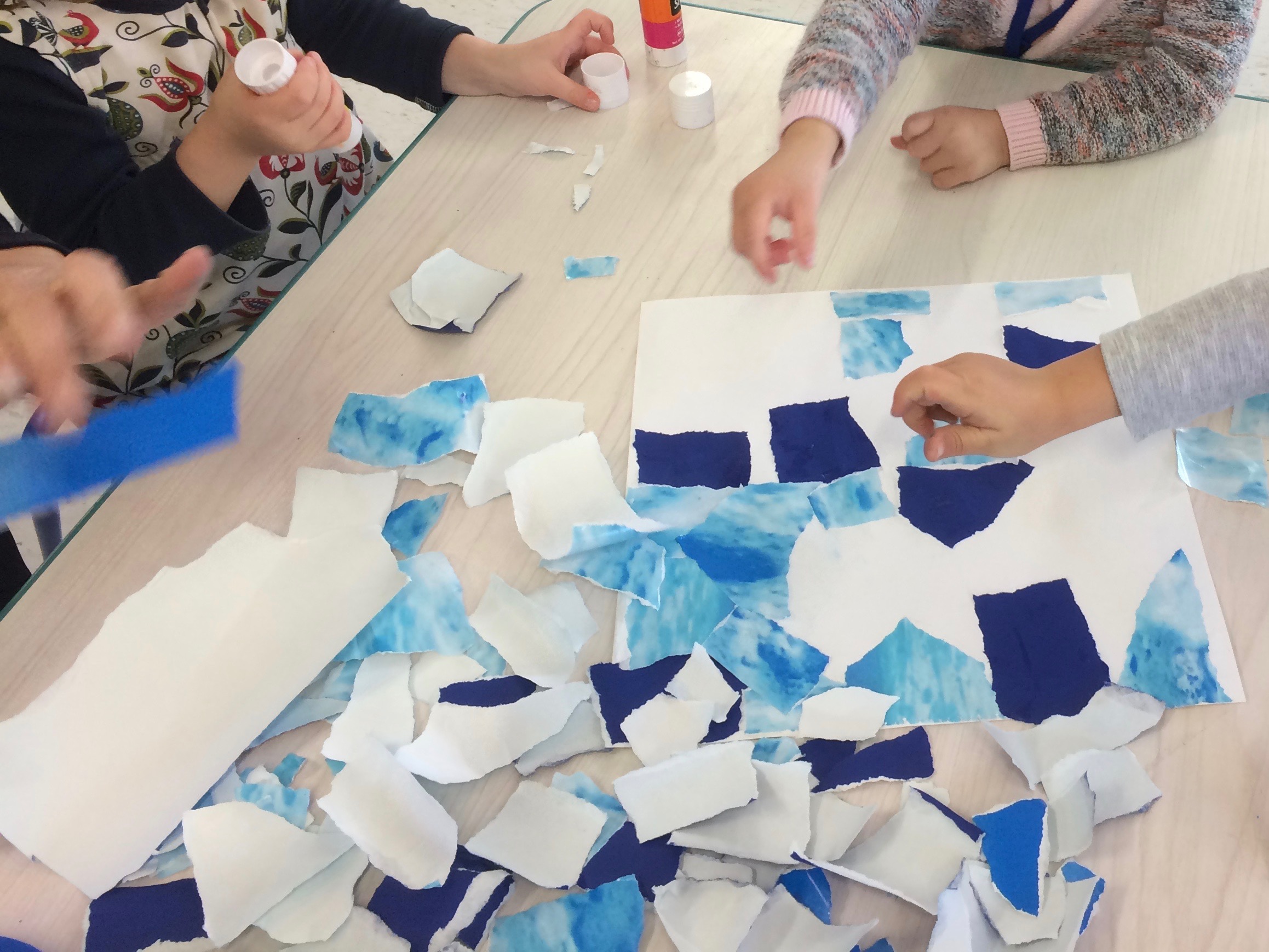
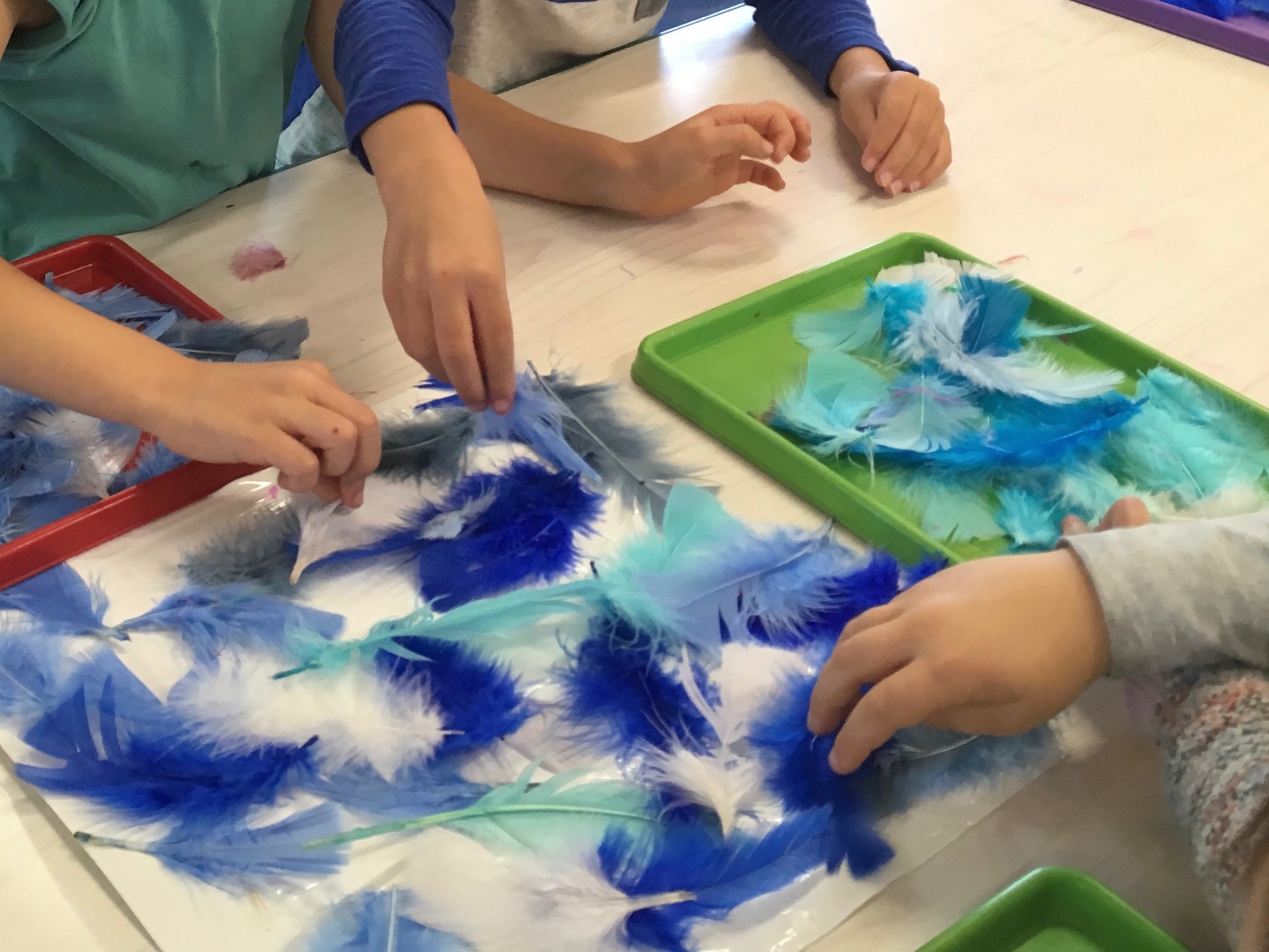
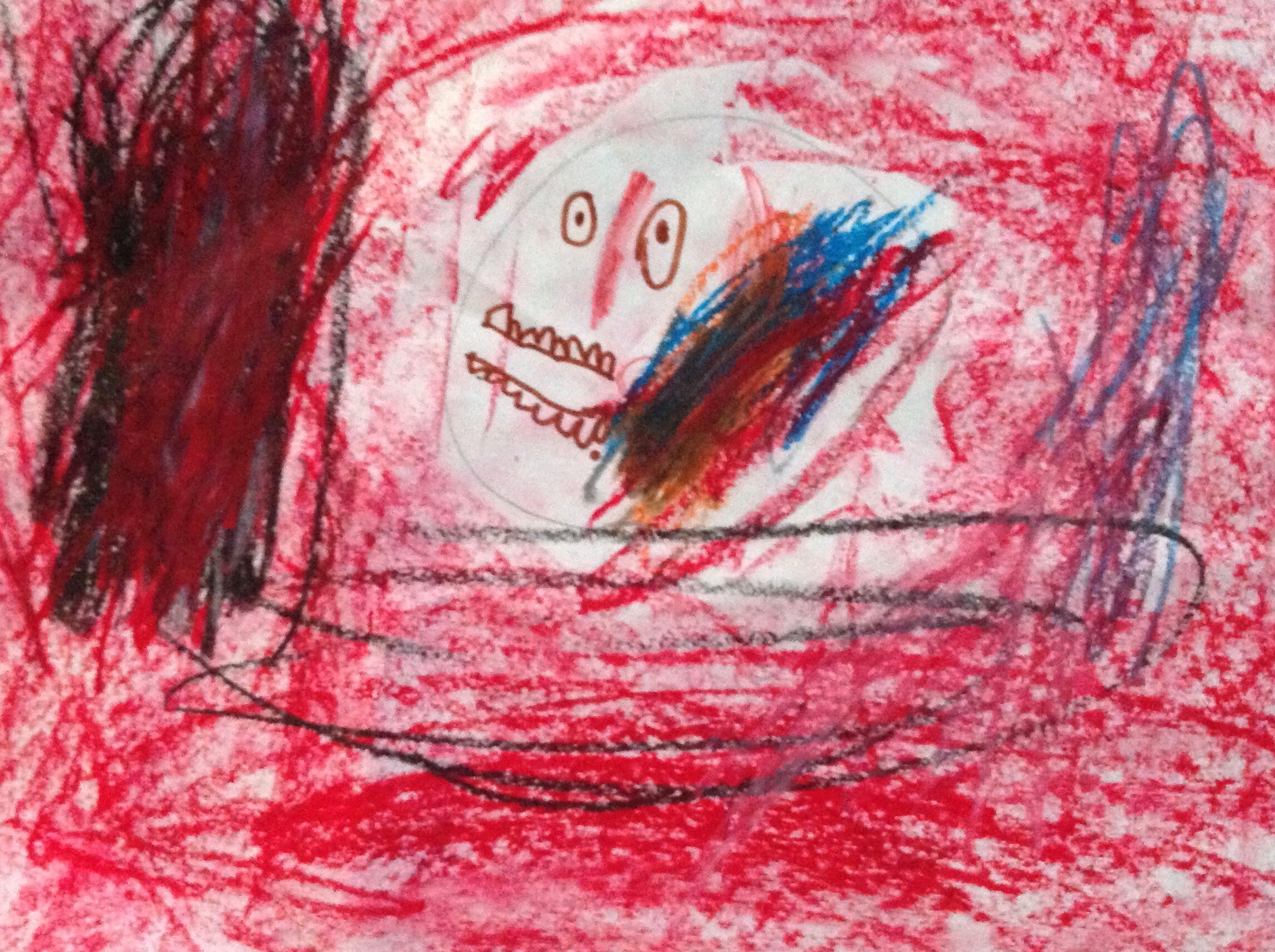
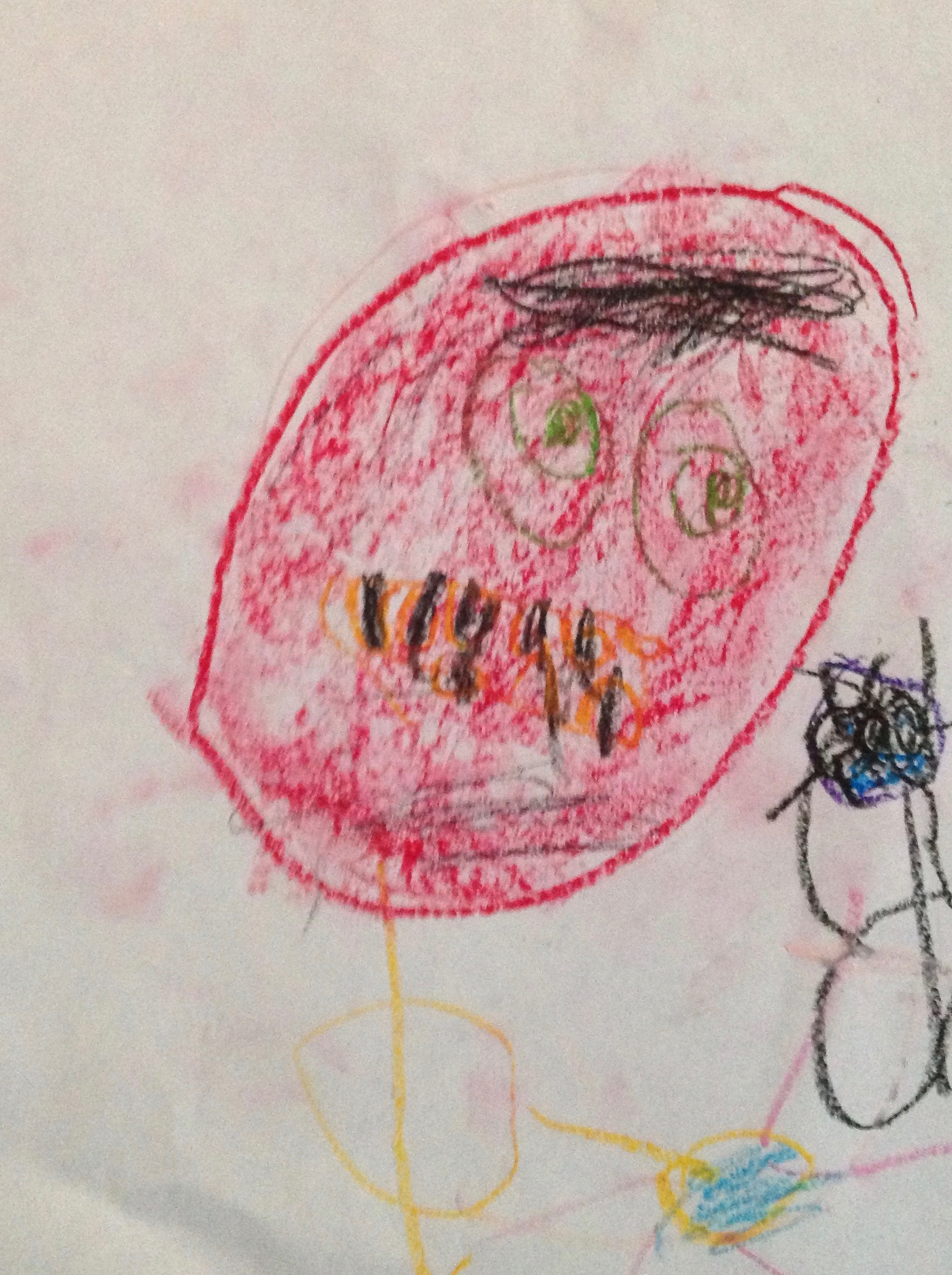
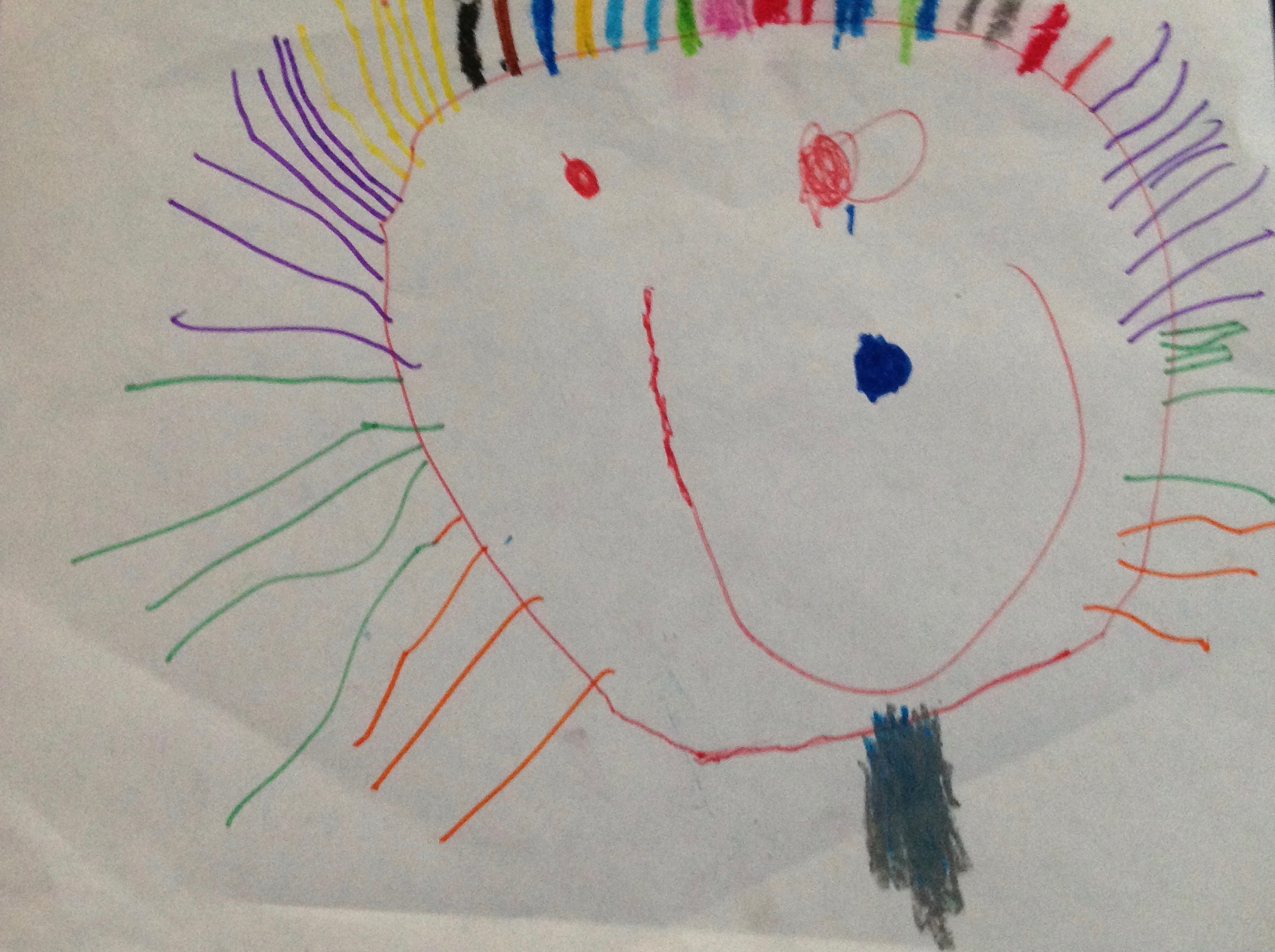
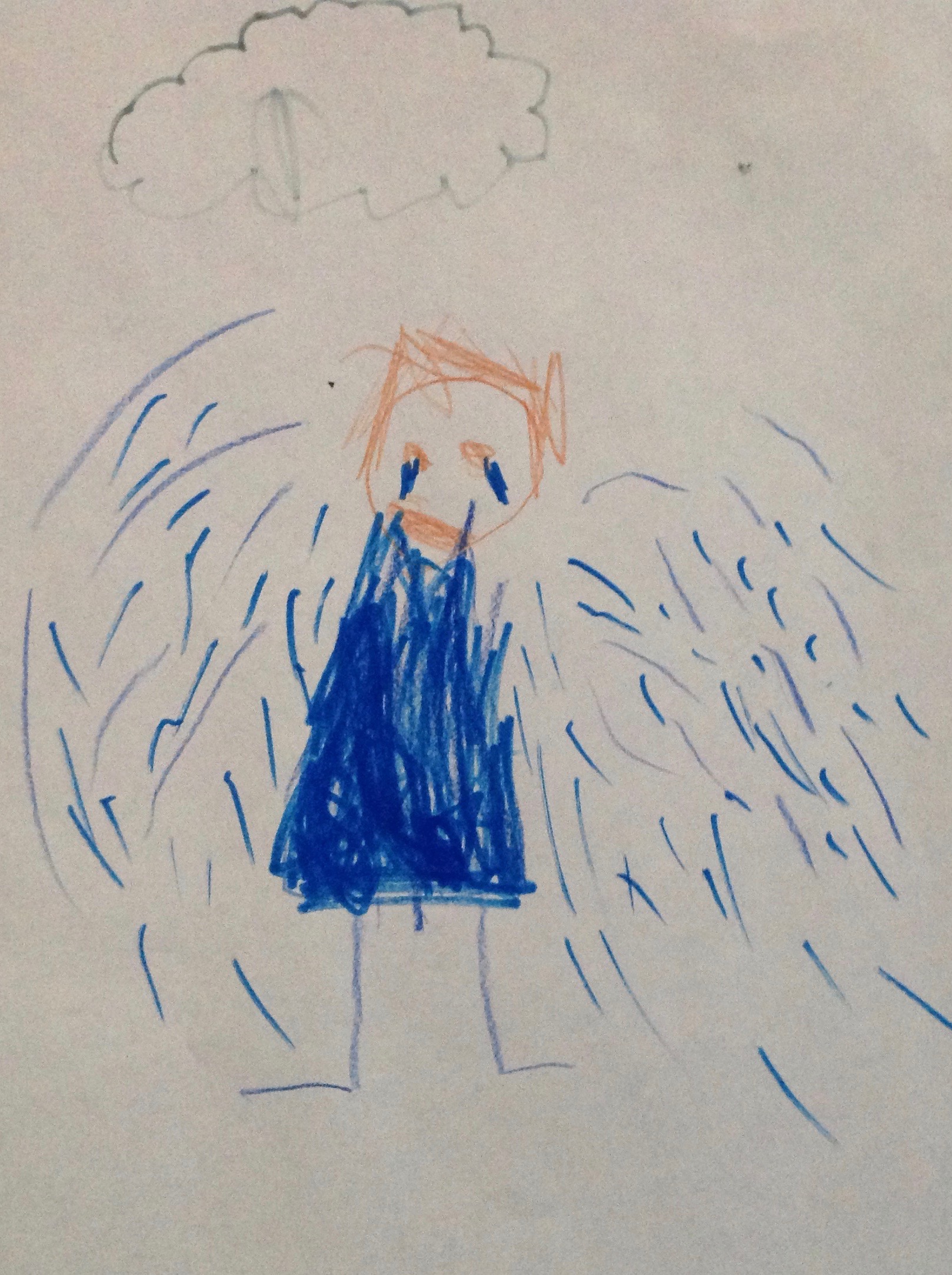
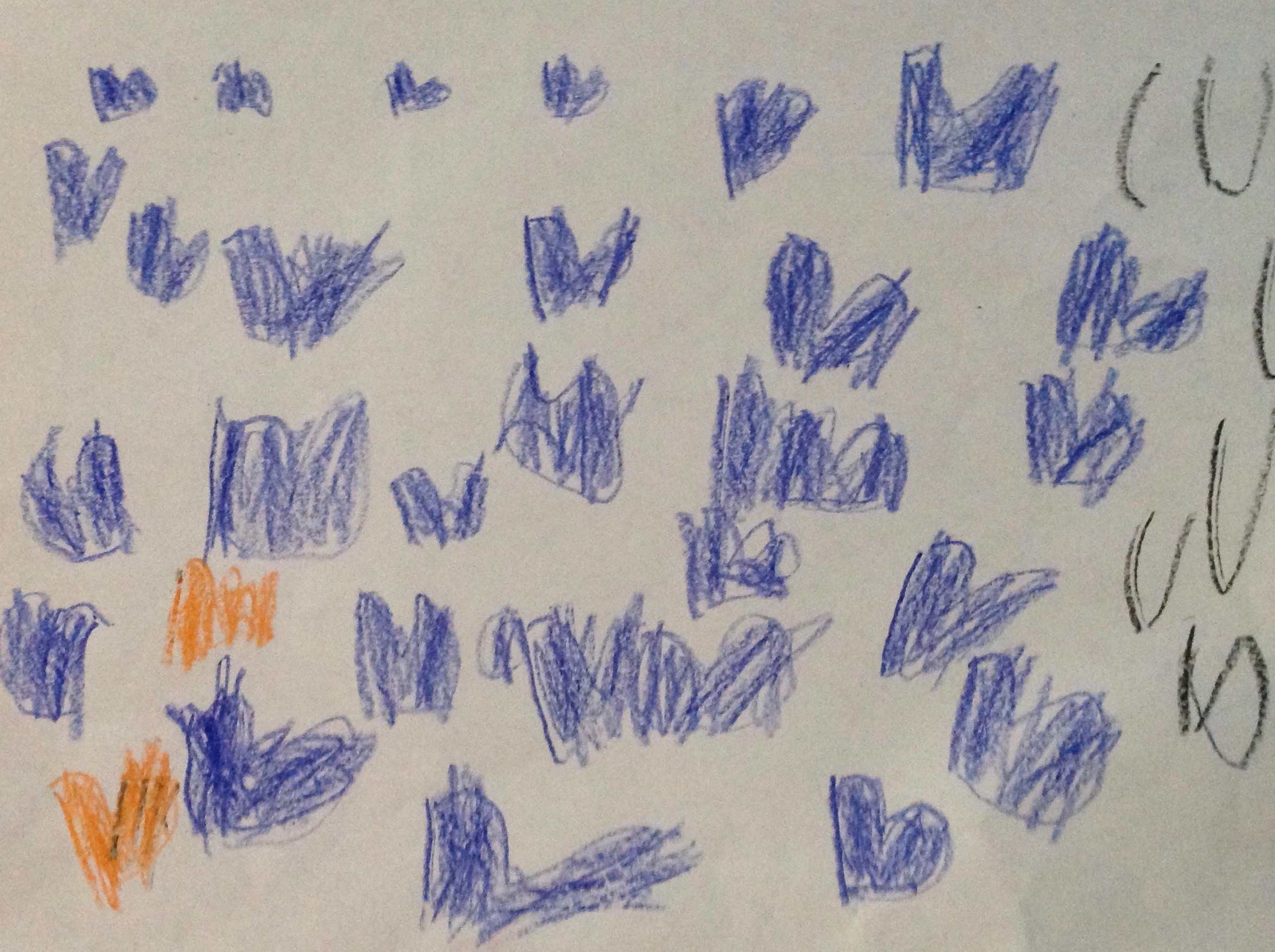
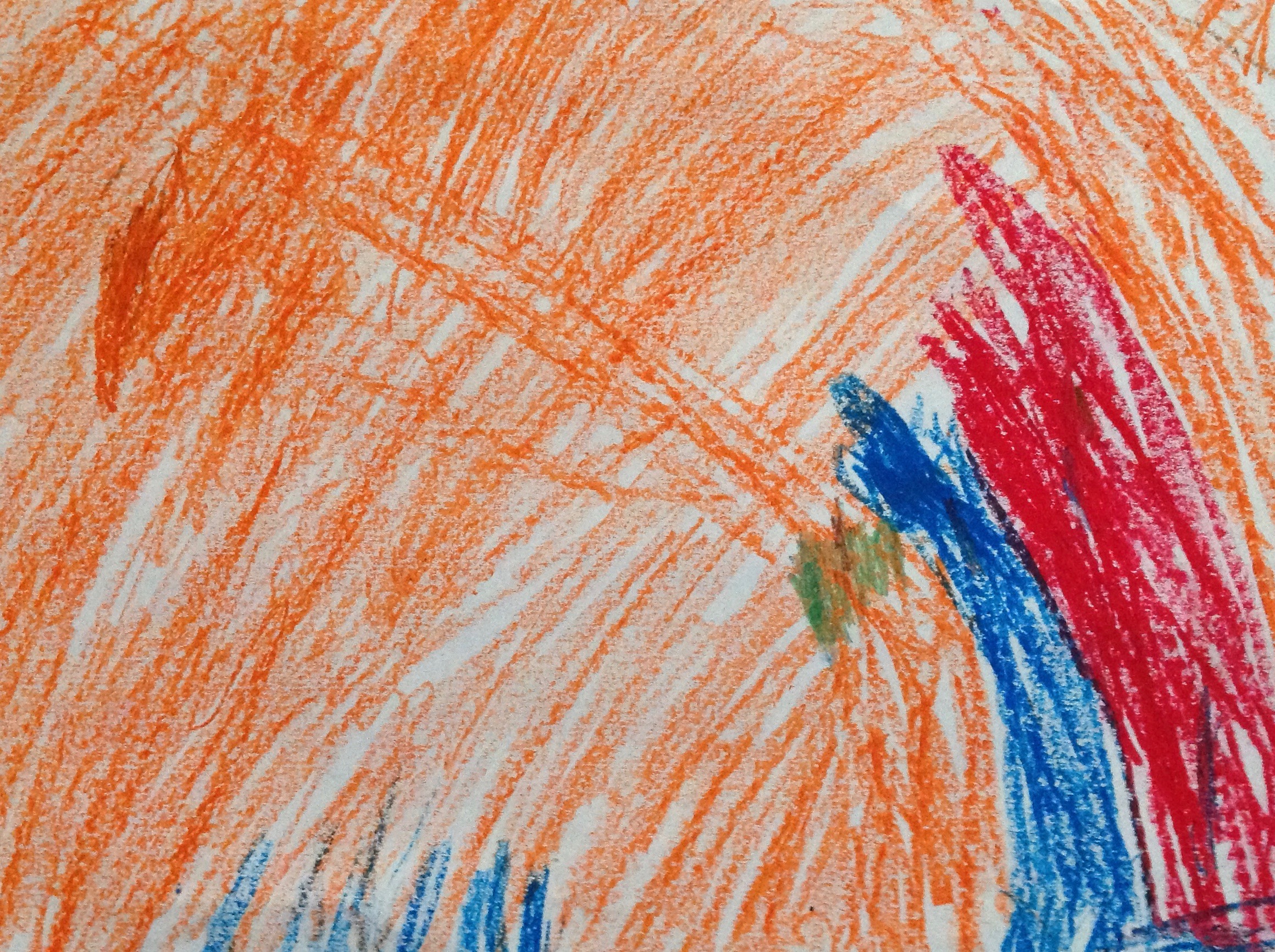




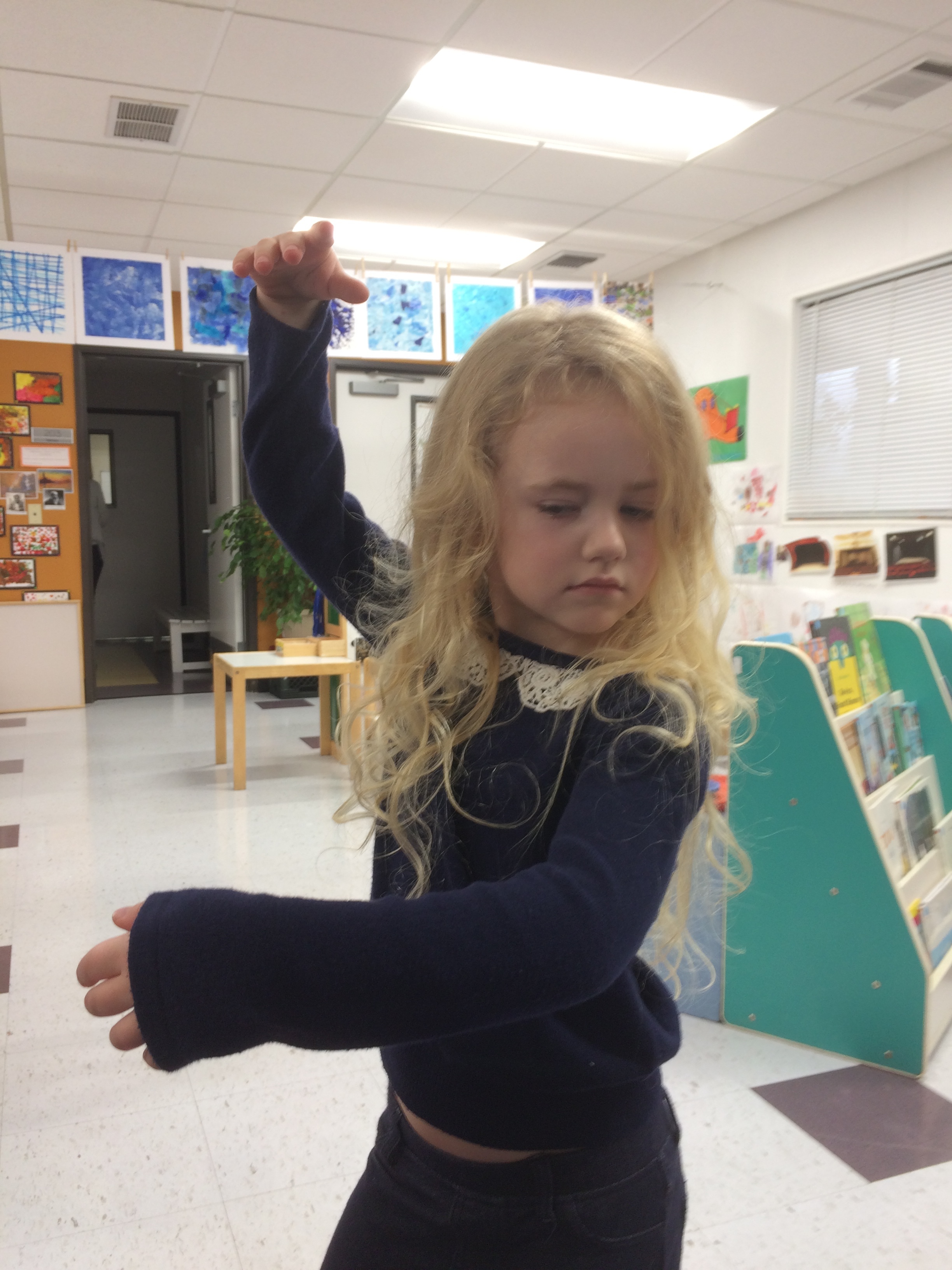

At the studio,
After dancing with the students once a week for a few months I have seen some wonderful transformations. Some of them just blossomed with joy and confidence. It is a different experience than at school less related to other forms of Art and less connected to the everyday school life but again Dance gives them the opportunity to express themselves differently, with their bodies, by dancing with others, with objects or just alone in their own bubble of free creativity.
“Cécile did I tell you why I love Dance? Because I don’t need to speak. I just move”






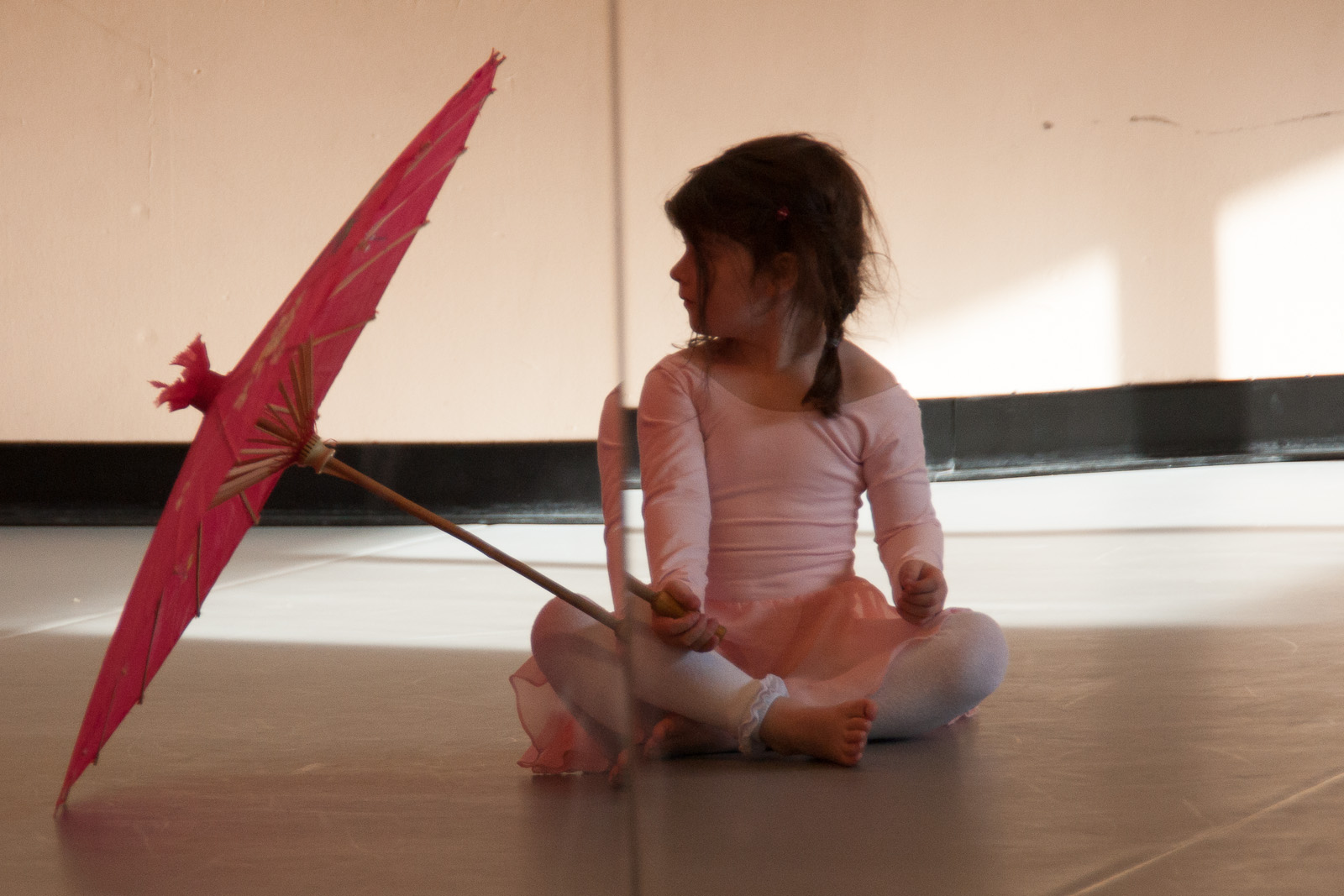
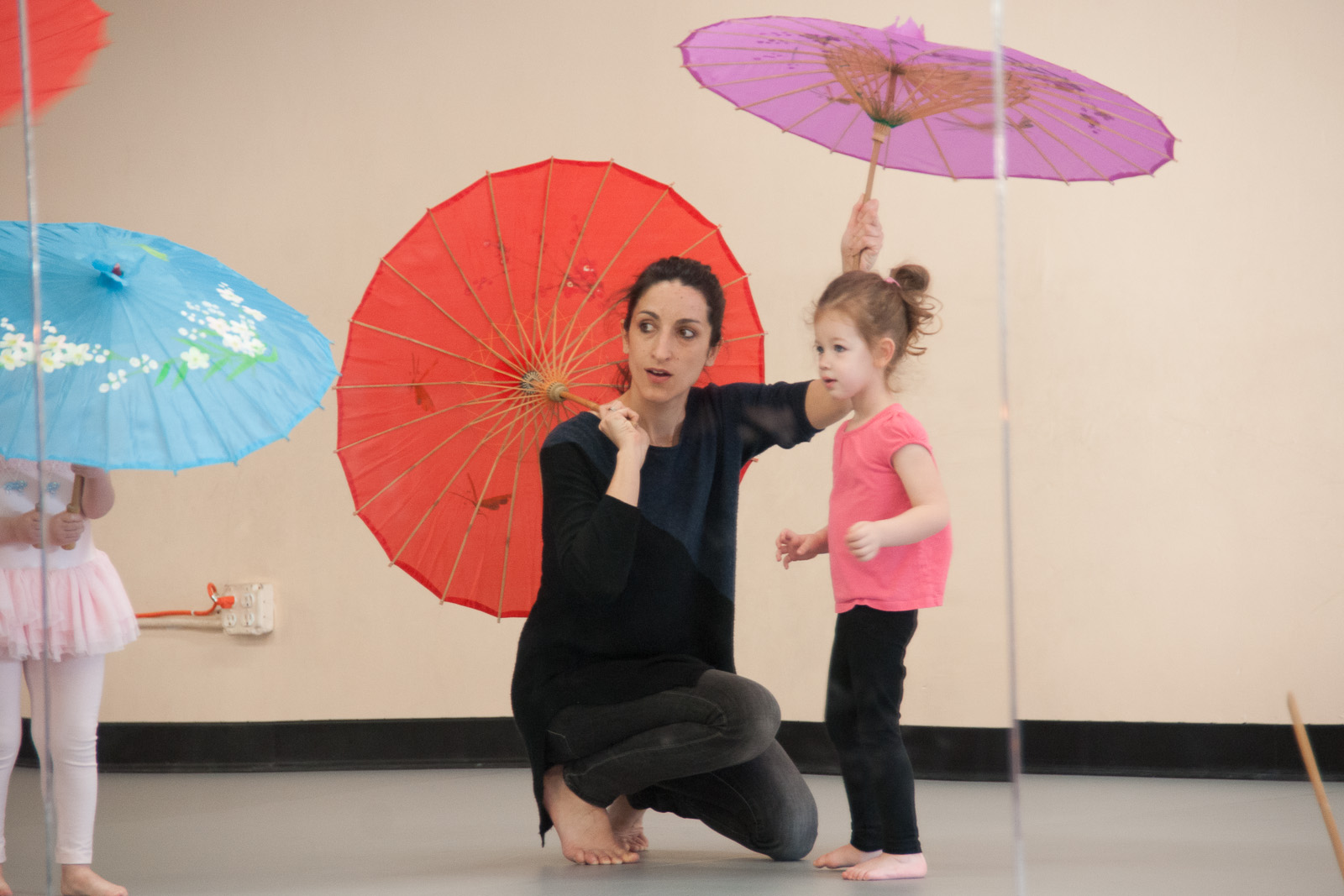
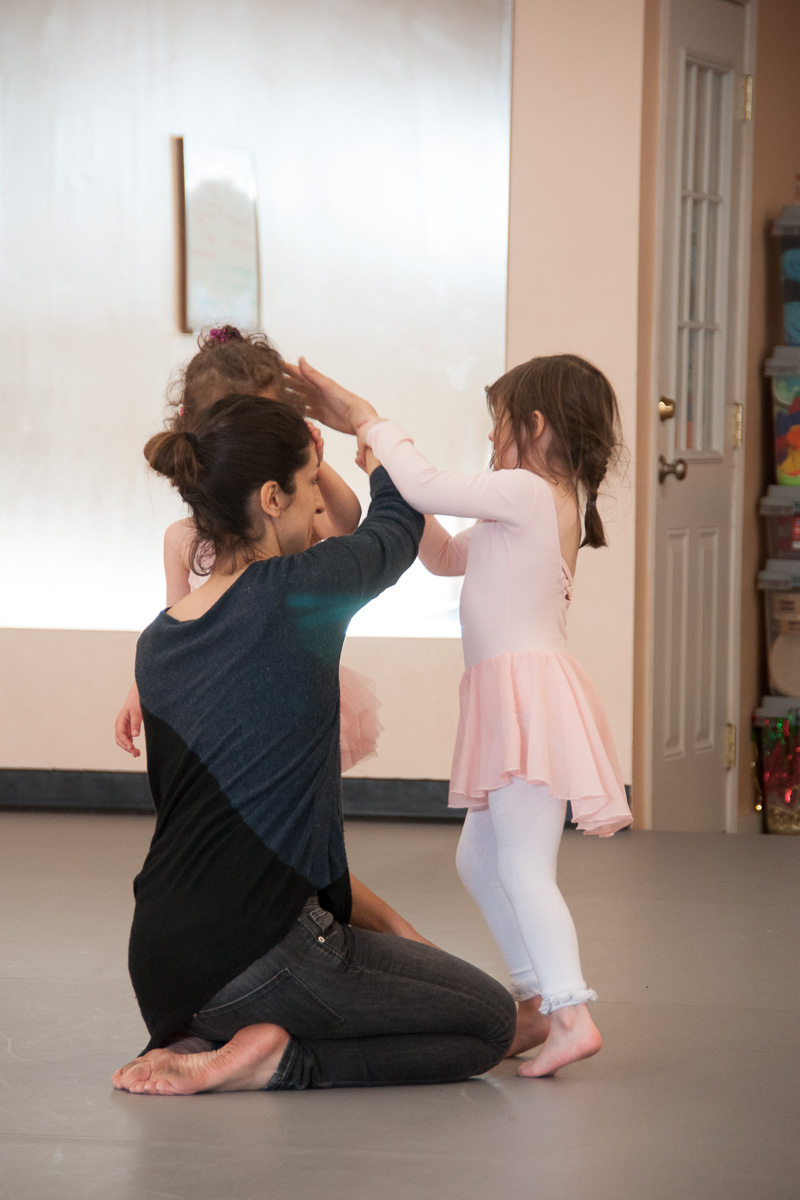
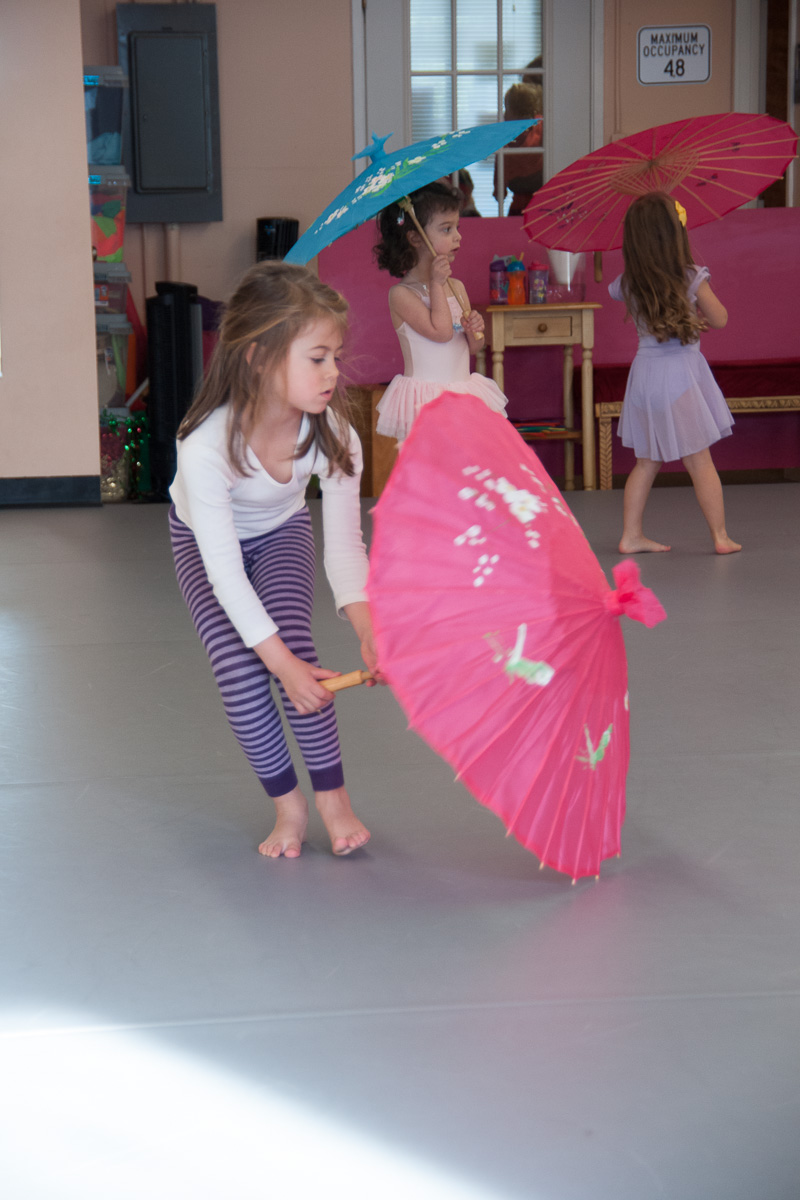
Give children multiple voices, expose them to Art, encourage them to also express their ideas and feelings other than with words!
Love for Dance is innate.
These last two texts are part of a conversation I had with a student’s mom last month. The 4 year-old girl went to Paris for summer break. She heard music in the street and started dancing on the sidewalk. Her mother caught her dancing, made a video of it and sent it to me.
That small texts exchange means a lot to me. It shows how much love for dance is innate, how much children love to dance and move in a spontaneous way. I really believe this little girl found her element: dance as a wonderful way of expression. She let her body move to the music very naturally and felt so much joy that she could not stop. It is how it works when you are passionate about something. It feels so natural and so good to you that you just do it anywhere, anytime. You don’t think of anything else apart from the pleasure you will get out of it! Children are like that: they dance because it is natural for them. They just love it. It is part of their body and soul. They are born with it.
The problem is that in our education system we don’t allow the children to keep and develop this amazing gift. I recently watched a wonderful TED talk of Ken Robinson about creativity and here is what stroke me the most:
“Picasso once said: All children are born artists the problem is to remain an artist as we grow up. We don’t grow into creativity we grow out of it. We get educated out of it.”
This is exactly what I answered to the mom that sent me these sweet messages. We, adults, have to make sure that our children are given the chances to develop their abilities to their full potential. Dance and Arts in general are as important as any other subject taught at school.
We also have to consider the way it is taught. We should not be the ones to tell the children how to dance or what kind of moves they should use. As a dance teacher I consider myself as a facilitator/a guide, a person who helps the children discovering their own abilities, developing their own potential, this love of dance that was given at birth. The most powerful kind of learning does not come from being told what to do but in learning how to do it for oneself. Creative Dance relates to this type of learning. Children, like this little student of mine, love to dance. My ultimate role is to “keep them on track” and build upon this natural skill. Children are natural dancers and they really should stay that way.
What is Creative Dance?
Creative Dance is a dance form that combines the mastery of movement with the artistry of expression. This combination of mastery and artistry – not a separation of the 2- is what makes creative dance so powerful. Often people view creative dance as an activity in which only children too young to study so-called “real dance” take part. However, when dance combines skill development and self-expression, anyone of any age can benefit from it.
Anne Green Gilbert, Founder of the Creative Dance Center (Seattle)
There are many types of dance (ballet, jazz, modern, tap, hip-hop, etc…). Creative Dance is a contemporary one. It doesn’t relate to a specific technic but a synthesis of all styles of Dance. It gives everyone the ability to create one’s own dancer personality and create choreography by exploring the elements of Dance : Space, Time, Force and Body. These 4 elements can be developed into many concepts such as Direction, Level, Place, Speed, Rhythm, Energy, Weight, Shapes, Relationships etc… A Creative Dance teacher does not teach technics related to the different dance styles but more these basic concepts that are common to all of them.
Creative Dance is then a conceptual approach that develops both technical and creative skills at the same time through exploration of movement.
The focus of each lesson is based on concepts to explore.
Here is how I plan my Creative Dance classes :
WARM-UP : We begin with a warm-up that I call “Entrée en Danse” in French. Starting a creative dance class is like opening the door to self-expression. It’s all about making the children comfortable and ready to explore with confidence. The warm-up takes place in a quiet atmosphere that goes from immobility to movement of each part of the body or from a quick awakening of the whole body to a gradual dynamic movement. This warm-up is all about working on energy, muscular capacities and gross motor skills.
EXPLORATION-APPLICATION OF THE CONCEPTS / EXCHANGE and REFLECTION : During Dance class we explore the concepts related to the elements of Dance (Space, Time, Force and Body) through improvisation but within a framework. All these "dance games" are a student-centered work where the children are free to explore each concept through their own movement, working individually or with others. Between each exploration we talk about what we discovered, what ideas we had, what ideas we would like to keep and what would be great to work on together. After each reflection we work more deeply on what the children decided to. I can also introduce dance skills related to the dance concepts we worked on or even turning, combining movements and leaping.
CREATION/CHOREOGRAPHY : At the end of a trimester or a year children are asked to create a small movement piece with what they learned. It is again an improvisation-based dance but at that time the children have discovered more about the dance concepts and are able to dance differently with more movement options to choose from. They can perform in front of an audience.
COOLING-DOWN/RELAXATION: We always end the class with a quiet goodbye dance to release the tension of the body and cool-down.
Creative Dance can often been considered as a introduction for the future study of all dance techniques. It is true that students can learn dance fundamentals through Creative Dance and develop many skills that will help them in other dance classes. However Creative Dance is also a Dance on its own. Because of its conceptual approach it gives anyone the ability to explore movement as a wonderful way of expression. Creative Dance is a dance of all styles, a unifying one that just naturally brings people, children and adults, together through the language of movement.

